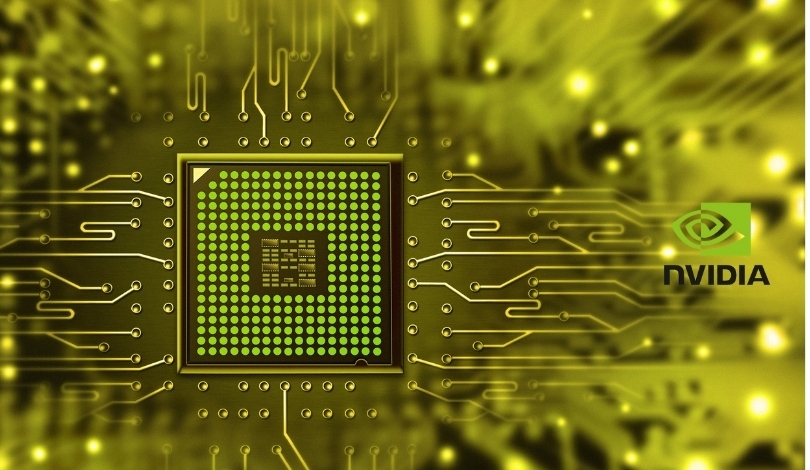Handheld gaming PCs have rapidly evolved, blending desktop-class power with portability and drawing increasing attention from enthusiasts and mainstream gamers. AMD’s recent dominance in this market has coincided with the popularity of devices powered by its SoCs, praised for their strong graphics performance. Meanwhile, Nvidia and Intel are seeking to capitalize on growing demand by joining forces, introducing hardware solutions that could reshape the competitive landscape in this segment. This collaboration brings new possibilities to device makers and consumers, reshuffling expectations for future gaming handhelds. Unlike earlier market dynamics, where a clear leader held sway, the latest developments point to a more contested space.
Previous news mainly highlighted AMD’s steady gains, fueled by chips such as the AMD Ryzen Z1 Extreme and their integration into products like the ASUS ROG Ally. At that time, Nvidia focused on discrete GPUs for larger form factors and cloud offerings, while Intel worked on entry-level graphics solutions. Media analysis typically questioned whether Nvidia or Intel could pose a real challenge to AMD’s momentum in this space. With the announcement of a collaborative effort between Nvidia and Intel, the competitive scenario appears to be shifting, as both aim to fill gaps in power and efficiency that AMD had dominated, hinting at more balanced offerings for users.
How Does the Nvidia-Intel Partnership Impact AMD’s Position?
Nvidia and Intel have officially announced a partnership to design SoCs specifically tailored for handheld gaming PCs. These chips will use Intel’s x86 CPU technology alongside Nvidia’s RTX graphics architecture, targeting performance levels that could rival or surpass current AMD solutions. The partnership is significant because until now, AMD chips have often been the default choice in popular handheld consoles due to their integrated CPU-GPU combinations. By combining Nvidia’s graphics proficiency with Intel’s processor expertise, this joint effort promises handheld devices that may offer greater graphical power and efficiency.
What Are AMD’s Perspectives on Competition?
AMD recognized its early achievements thanks to wide adoption by device makers, including brands like Valve with the Steam Deck. In response to industry movements, an AMD spokesperson commented:
“We welcome healthy competition—it pushes the industry forward and encourages innovation for everyone.”
This statement suggests AMD is prepared to adjust its strategies in light of these developments. The company maintains that its all-in-one solutions deliver a harmonious blend of processing and graphics for portable gaming devices.
Which Devices and Brands Could Benefit from the New SoC Offerings?
Handheld gaming PC manufacturers are closely following this development. Brands such as ASUS, Lenovo, and AYANEO, who have previously released devices powered by AMD chips, might soon consider new options featuring the forthcoming Nvidia-Intel SoCs. An executive at a leading device manufacturer remarked:
“We are always interested in offering customers the best performance possible, and new partnerships like this create exciting opportunities.”
These remarks underline the potential for diversified product lines, enabling manufacturers to cater more precisely to gamers’ preferences.
The competition in the handheld gaming PC market is intensifying, as technical specifications and user experiences become focal points for both industry leaders and consumers. For those interested in handheld gaming, performance metrics and battery life remain top priorities. While AMD’s integrated solutions have provided a convenient path for device makers so far, Nvidia and Intel’s collaboration could drive advances in areas like ray tracing, AI-driven features, and energy efficiency. Shoppers may soon have wider choices, tailored to different segments such as premium or entry-level. Product differentiation will likely depend on how each chipset balances performance, power consumption, and cost. Gamers are advised to keep an eye on announcements from brands like ASUS (ROG Ally), Valve (Steam Deck), Lenovo (Legion Go), and others as they decide which architecture to embrace in their next devices for a balanced gaming experience.










